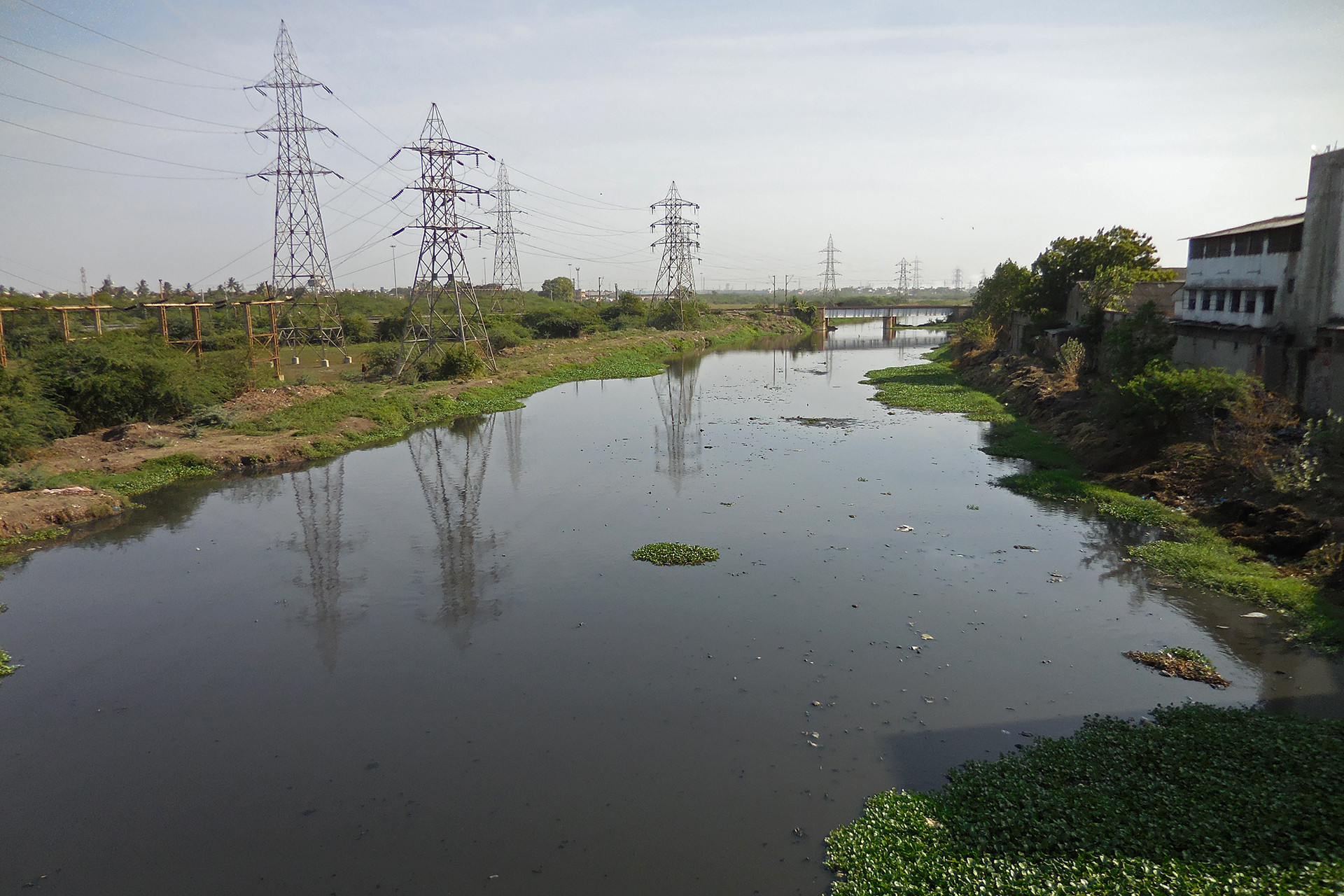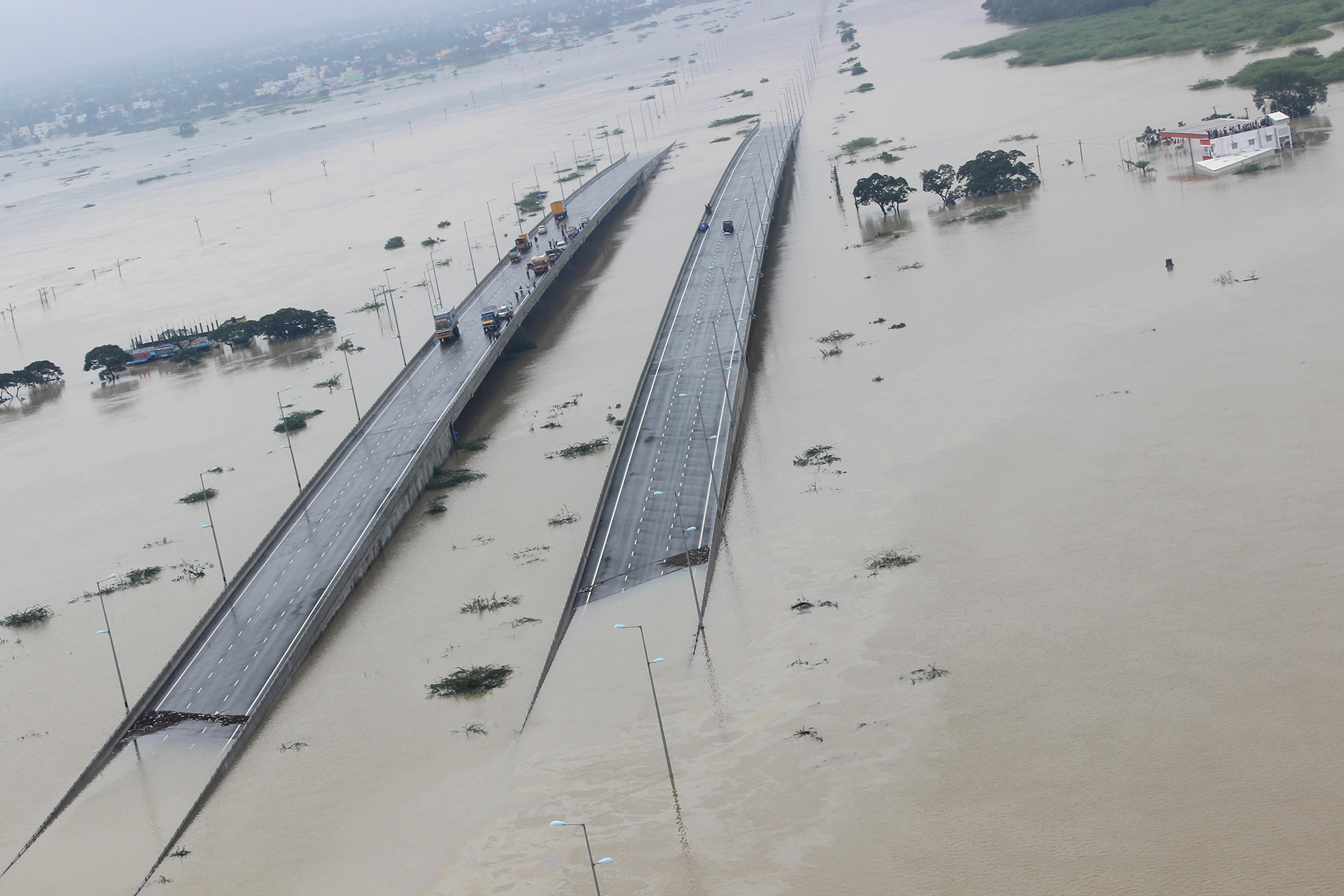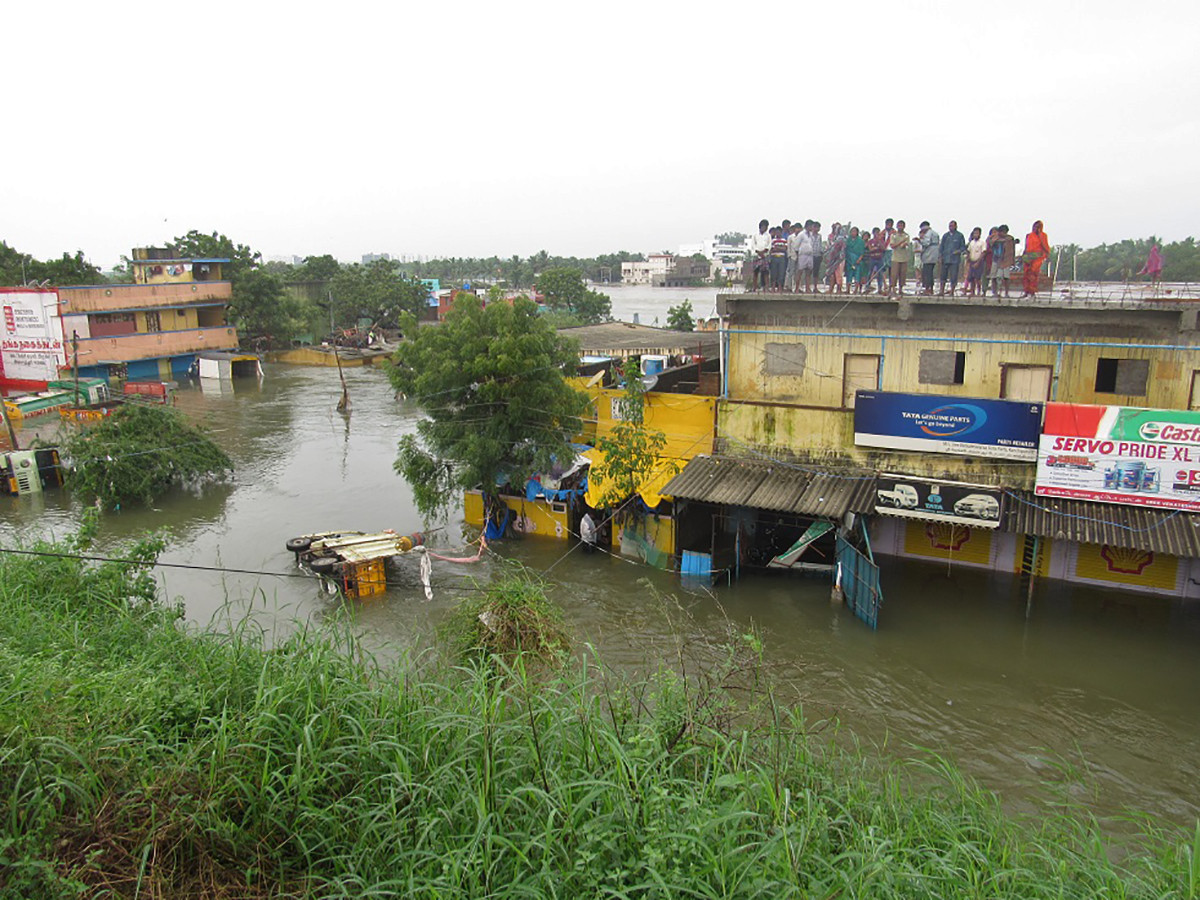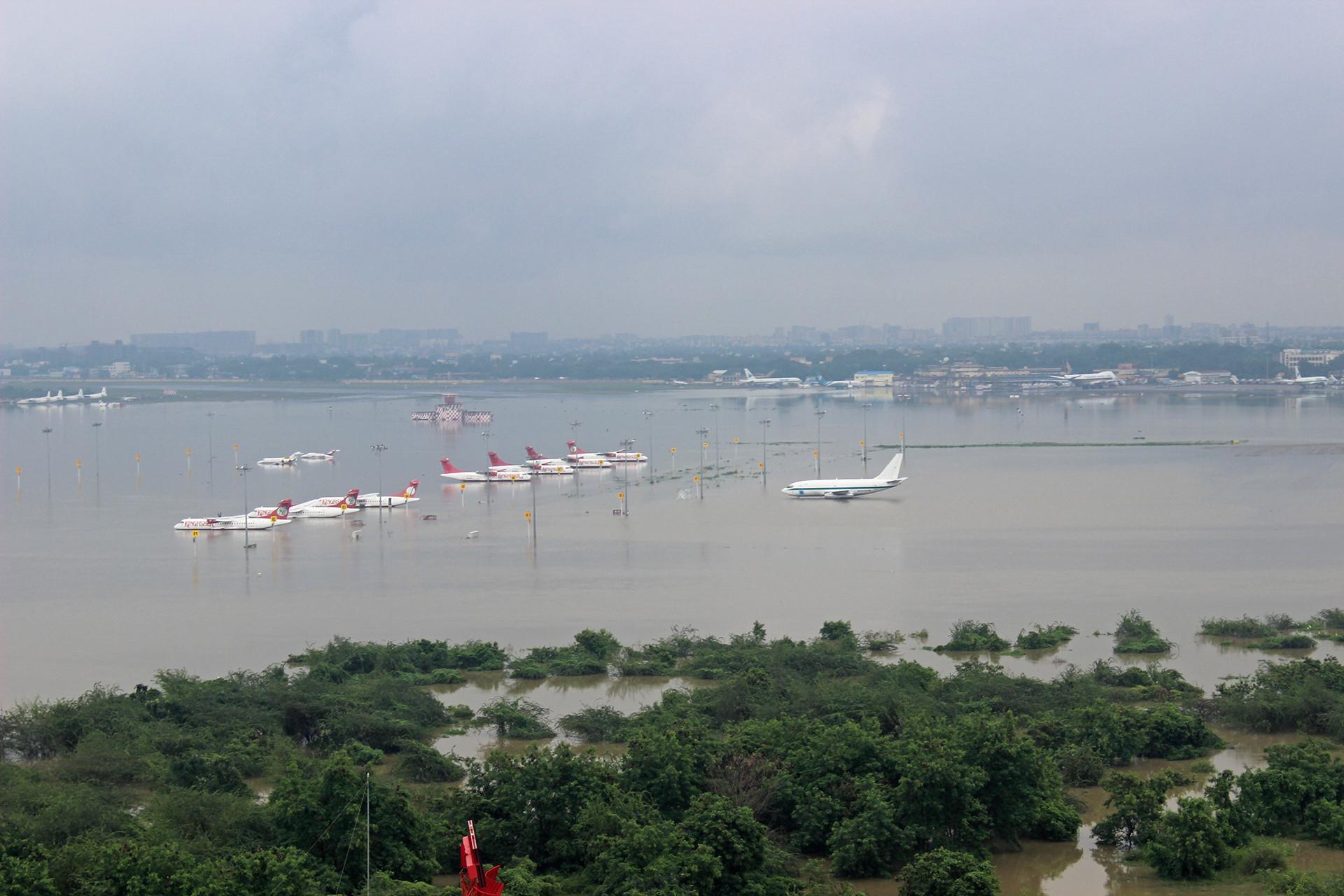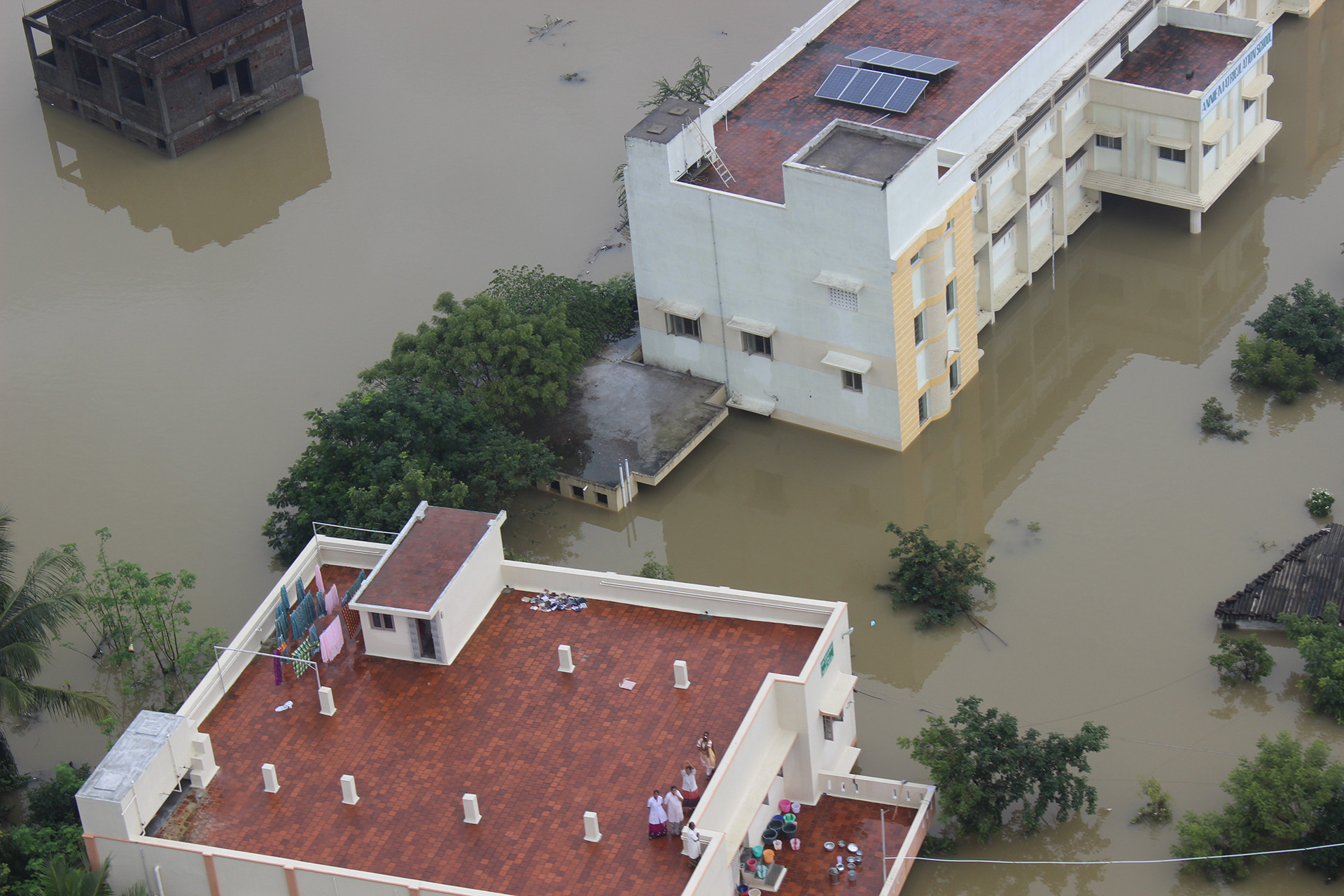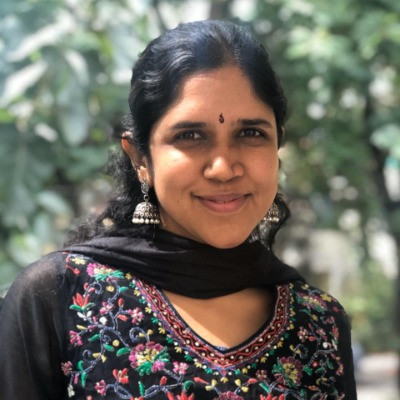On the second day of City Scripts: An urban writings festival, held by the Indian Institute of Human Settlements, Bangalore, writer, editor Krupa Ge spoke in a sombre tone when she said, “When we think urban floods, we think water. What we should be thinking is sewage.” Ge was a panellist for the session ‘Water Over the Bridge: A Conversation About Floods in Cities’, where she spoke about her book, Rivers Remember: The Shocking Truth of a Manmade Flood, which gives an in-depth analysis of the 2015 Chennai floods. “My childhood home was devastated in the floods, and when I asked — how did this happen — the answers were not forthcoming,” she added. The book expresses both, the outrage of a citizen caught unaware and Ge’s journalistic pursuit as she files RTIs and combs through government documents looking for probable answers. Peppered with personal stories of people whose lives were laid to waste by the floods, Rivers Remember will haunt you for days.
How did such a catastrophe happen is a question that we seem to be asking ourselves time and time again. In 2019 alone, more than 1500 people lost their lives in India due to extreme weather, and floods were reported in multiple states — Bihar, Odisha, Maharashtra, Karnataka and Kerala. “Cities and rivers go together,” said journalist, writer Vikram Doctor in his iconic article — Rivers that remember and cities that forget (Ge’s book title is a nod to this article). “Yet cities have a strange tendency to forget their rivers,” he adds. With a book like Rivers Remember on your shelf, forgetting will not be that easy.
I had a quick chat with Krupa Ge, after her session, about the writing of her book and how she believes that the first step to implementing better disaster management practices stems from local action.
What made you want to take a deep dive not just into the floods of 2015, but also into the water and flood history of Chennai?
That's a good question. Nobody has asked me this so far. When I was working on the book, I wanted to make this a story of the rivers of Chennai, as much as it is a story of its people. That’s why the book is called Rivers Remember. I wanted to emphasize the fact they have a history and a place. When I was writing about the floods, increasingly, I became aware of the fact that we do not have context when it comes to our rivers. Maybe, if we understood the rich history of our rivers, it would hit us harder to see how we have succeeded in ruining them.
For example, in the book, I wrote about how the Battle of Adyar (which took place in October 1746 between the French East India Company and the Nawab of Arcot over the possession of Fort St. George) actually changed the course of India’s history. We often forget that these rivers have a story, and how much their pasts have shaped our present. While I was doing my research for the book, I found a letter written by Florence Nightingale that said that the Buckingham Canal (a freshwater canal in Chennai which was built during the British rule) reminded her of Venice. I also spoke to people who remember the canal as a waterway on which boats would bring nuts, fish and other goods. Today, the Buckingham Canal is polluted with sewage and industrial effluents, and we simply cannot imagine it as a commercial waterway. This is why it was important for me to show rivers as these entities with glorious pasts and not just highlight what they have become now.
The good news is that we have disaster management plans drafted at the state and city levels in Tamil Nadu. But when it comes to actual preparedness, there is not much in place right now. Why do you think that is the case?
The disaster management plan for India itself became a reality in the aftermath of the 2004 tsunami. To think we have suffered catastrophic disasters over the last 20 years, and still don’t have an action plan is genuinely baffling.
On some level, I think it is because of the lack of political will. Several studies have looked into this aspect. The crux of it is that politicians have little to gain from stopping a disaster from happening in the long term, as opposed to them responding to an imminent one. They would much rather use the state money for more immediate actions, so that people will remember and continue to vote for them. Basically, there are no incentives for politicians to pursue disaster management electorally. It then falls on the heads of the executives who unfortunately also keep changing. At the end of it, we are stuck in a rut, and it is a serious problem.
Right now, Chennai has a disaster management plan that is much better than what was there before. But even this plan does not address how the state will take action during a flood situation, or it does not address reservoir management. Looking at the plan, one would think that the floods of 2015 never happened. That is disconcerting on many levels.
In your book, the reader comes across many harrowing stories of how people dealt with the floods. Was there a story that really stood out for you?
It was the story of the Sri Lankan refugees. They run an NGO called OfERR (The Organization for Elam Refugees Rehabilitation) — an entity run by refugees for refugees. Having experienced natural disasters, they understand what is important and essential in such times. They have set an example of how relief work should be executed, and they did such admirable work in the aftermath of the floods.
Typically, what happens when aid packages reach the villages in trucks is that strong men push through the lines, and take a bulk of it. Women and older people get left out, as they can't come forward and fight for it. Members of OfERR, instead, go to a particular village and collect demographic information; how many children, women, elderly, and disabled people live in that community. They issue tokens, and distribute aid such that the most vulnerable people receive it first.
They work in remote villages as well with marginalised communities. When I asked them why they did this work, they used the word ‘senjortrukkadan’ (showing indebtedness to those who have given food and clothing). It was so moving and beautiful. Their willingness to help the host community and how they execute relief work so flawlessly is admirable. There is so much that we can learn from them.
Conversations about urban flooding often lead to discussions on climate change. Do you think we should be talking more about localised impacts to instil a greater sense of awareness?
Climate change is not something that is happening to someone, somewhere. Its impact can and will be on us; in our neighbourhoods and our homes. In fact, when I spoke to a climate scientist, he said we need to talk more about the bigger picture and connect such local issues to climate change. We are too focused on the local; if we don't make that connection, we will not be able to see the full picture. The impact of climate catastrophe and extreme weather are exacerbated when local factors go against common sense. Think about it — should we be constructing on our lakes and rivers? Do we really need that beach house?
Encroachment of wetlands for urban development played a significant role in the floods of 2015. Based on your research, how do you think we should address this?
One of the most important things to do is to equip ourselves with information. If you compare old maps of your city with the new, you will know which areas are supposed to be water bodies. We have to learn to actively say, “No, I will not buy a house that has been built on a water body.” It may be a difficult thing to do, just think of it as first aid for you and your family.
Next, we need to take ownership of our water bodies at the community-level. If there is a lake within the community, form a group that advocates for it. In fact, this is not restricted to a lake or river. It can be anything that is part of the community, even a stretch of land like a floodplain, for example. We can look at the city's master plans to see if there are floodplain zones included in it, and if so, we can check if buildings are coming up in that region. It is also important to keep an eye out for what our government agencies are doing.
Communities have to speak for themselves, and when they do so, authorities find it difficult to turn away from the issue. When you talk about something that directly impacts you, you are more likely to win the battle. For example, the fishing communities in North Chennai are fighting against the pollution caused by a local thermal power station. They are the front liners in that battle, and you have to hear them out. I believe it's important to start local. You don't have to save the world or the city you live in. You can start by saving your street and the building you live in.
'Rivers Remember: The Shocking Truth of a Manmade Flood' is published by Context, an imprint of Westland Publications Private Limited. You can purchase it in various bookstores or online.

